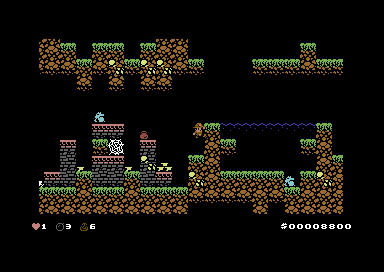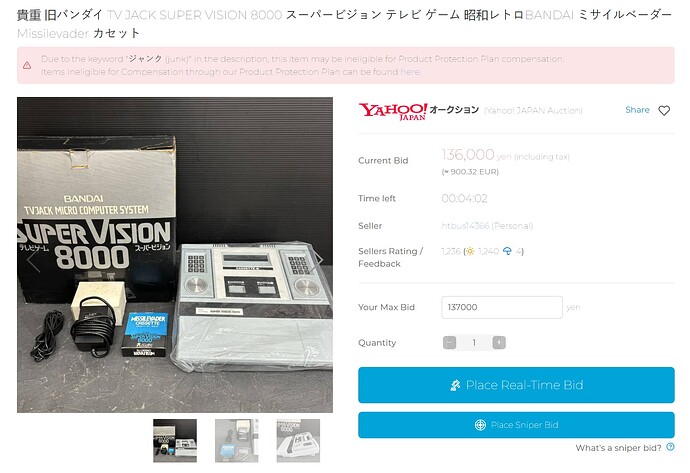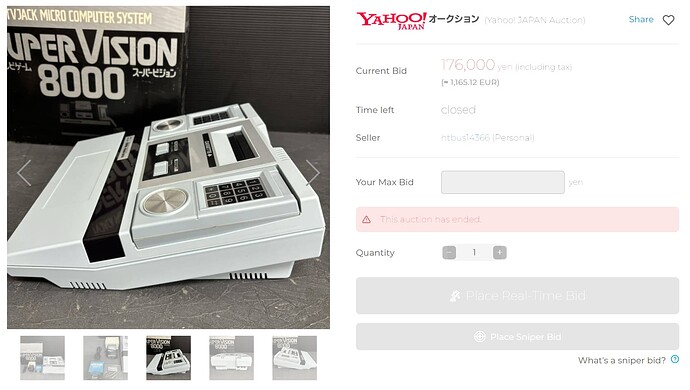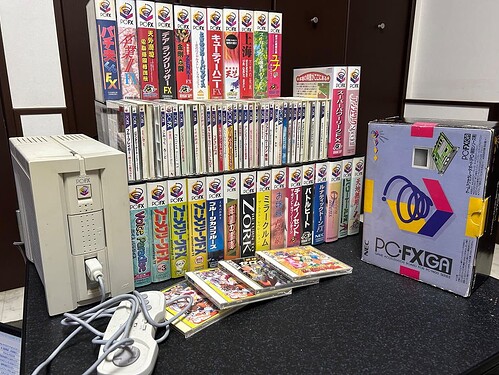Jeremy Parish a encore sorti une excellente vidéo sur la Casio PV-1000, console maudite par les décisions de son constructeur, s’il en est.
Et Vysethedetermined a sorti une brochette de nouvelle vidéos simultanément mais j’aimerais tout particulièrement mettre en lumière Espion-Age-nts (1999) de Hunex pour NEC Interchannel sur Dreamcast, ou plutôt ici sa version américaine Industrial Spy: Operation Espionage (2000) par UFO dont j’avais au choix oublié ou jamais eu vent de l’existence. Un jeu qui m’avait autant fasciné que frustré à l’époque (a fortiori en japonais) : c’était un peu à Metal Gear Solid ce qu’Unlimited SaGa était à Final Fantasy X. La description ci-dessous confirme que le concept méritait qu’on s’y penche mais aussi que l’expérience ne méritait pas de réclamer autant d’efforts de la part de ses joueurs.
![Industrial Spy: Operation Espionage [エスピオネージェンツ] Game Sample - Dreamcast](https://img.youtube.com/vi/mQALrQwG-TU/maxresdefault.jpg)
« Industrial Spy: Operation Espionage » (aka « Espion-Age-nts » and « I-Spy ») is a bizarre game of simulated tactical espionage originally developed exclusively for Sega’s Dreamcast by HuneX and published by NEC in 1999. It later, somehow, got published in the U.S. by UFO Interactive in June of 2000 and is the second game published by them after « Seventh Cross Evolution ». Both games are highly polarizing… both games are quite unique, but IS is especially so, and there is no other game currently like it. The character designs and illustrations were done by Kazuo Miyamura.
The story is set in what was an alternative version of present day (2000). In a world filled with chaos and diminishing resources, giant corporations have emerged with more power than whole nations, creating a worldwide government. The balance of power heavily relies on the acquisition of valuable goods and industrial secrets. Enter Blitzstrahl, a crack squad of super secret agents adept at carrying out such tasks as stealing art, information gathering, or counteracting rival agents for its corporate clients. You’re the boss of Blitzstrahl (and as such, a silent protagonist), a team of seven agents, each with his or her unique abilities. You must manage their efforts in a series of missions that will take them all over the globe.
So with that out of the way, I’ll get some things out of the way… I won’t pretend that this game is an all-time classic. When it was initially released, the game was poorly received because critics deemed that it had unremarkable audio / visuals (I think they’re spiffy), a lean plot, and extremely obtuse gameplay mechanics. The in-game tutorial is barebones, the manual is borderline useless (it’s not entirely its fault though, as there are a lot of little things to unpack that are better learned during gameplay) and even if you learned the fundamentals, the game was cumbersome and incredibly frustrating to play. The game initially gives the illusion that it won’t be entirely cryptic; the introductory mission actually has a lot of supplemental info, resource files and miscellaneous cues that ease you into the game… by making good use of the tools at your disposal, the game appears a bit slow but ambitious. However, most other missions have little useful info in which to speak of and you’ll have to wander around almost blind. I understand that you can’t have much info at your disposal prior to the start of the mission, but the level of trial and error at play is egregious.
Fortunately, the game did get a useful guide released for it back in the day (which is ironically a lot rarer than the game itself), but if you DIDN’T have a guide (physical or digital), the game was almost impossible to complete unless you had the patience of a saint. So, what’s the game actually like? It’s kinda like a combination of « Tecmo’s Deception » (room displays, avoiding traps), « Trap Gunner » (agent skills and general tomfoolery), a little « Deus Ex » (minor RPG elements and various proficiency upgrades), « Lifeline / Operator’s Side » (delivering orders without direct control of the characters, it’s not voice-activated), « Night Trap » (monitor various cameras and surveying multiple characters in real-time with a constant need to toggle back and forth) and « Produce » (a PC-88/PC-98/Sharp X1 game where multiple characters also act autonomously and simultaneously if you decide to set algorithms to your spies… but that game is one of the freakiest games of the 80s.)… but that still doesn’t thoroughly explain it. It is truly a menu-driven espionage simulation and you are in the driver’s seat as the one calling all the shots. While one could argue that they should’ve let you control the characters on your own, when you dive in and see just how many things you can interact with and how much useless stuff there is to parse through and how labyrinthine the maps can look just through sheer observation alone, one would actually deem the decision to make travel restricted to a few dozen key points of interest seem merciful.
Each mission prioritizes different skills (and sometimes missions evolve as they progress) and thus, different characters. Interestingly, most characters have overlapping skills but may take longer or not have enough proficiency to complete a task, so you can use AP (Ability Points) from cleared missions to upgrade your characters. Even so, there are many things to interact with and time limits that reduce your awards or end your run if you take too long, so wasting time is not preferred. If any character is killed during a mission, the game will end and sometimes interference appears on the displays, meaning you can’t switch to a character temporarily. With a guide, the game is reasonably fun and there’s even sub-missions and a hidden character as well as « New Game + », but getting stuck or dying on a mission after a long time with no ability to save during is a big demerit.
![1996 [60fps] Salamander 2 ALL](https://img.youtube.com/vi/F02J7fa2T5E/maxresdefault.jpg)
![Nebulas Ray (Arcade/Namco/1994 Longplay) [HD]](https://img.youtube.com/vi/di5_MB3aT3g/maxresdefault.jpg)








![Atari ST Longplay [030] The Punisher](https://img.youtube.com/vi/ztjhIMakwUQ/maxresdefault.jpg)

![[SegaCD] Yumimi Mix (Japan)](https://img.youtube.com/vi/kSJswOPz0kA/maxresdefault.jpg)














![Industrial Spy: Operation Espionage [エスピオネージェンツ] Game Sample - Dreamcast](https://img.youtube.com/vi/mQALrQwG-TU/maxresdefault.jpg)




